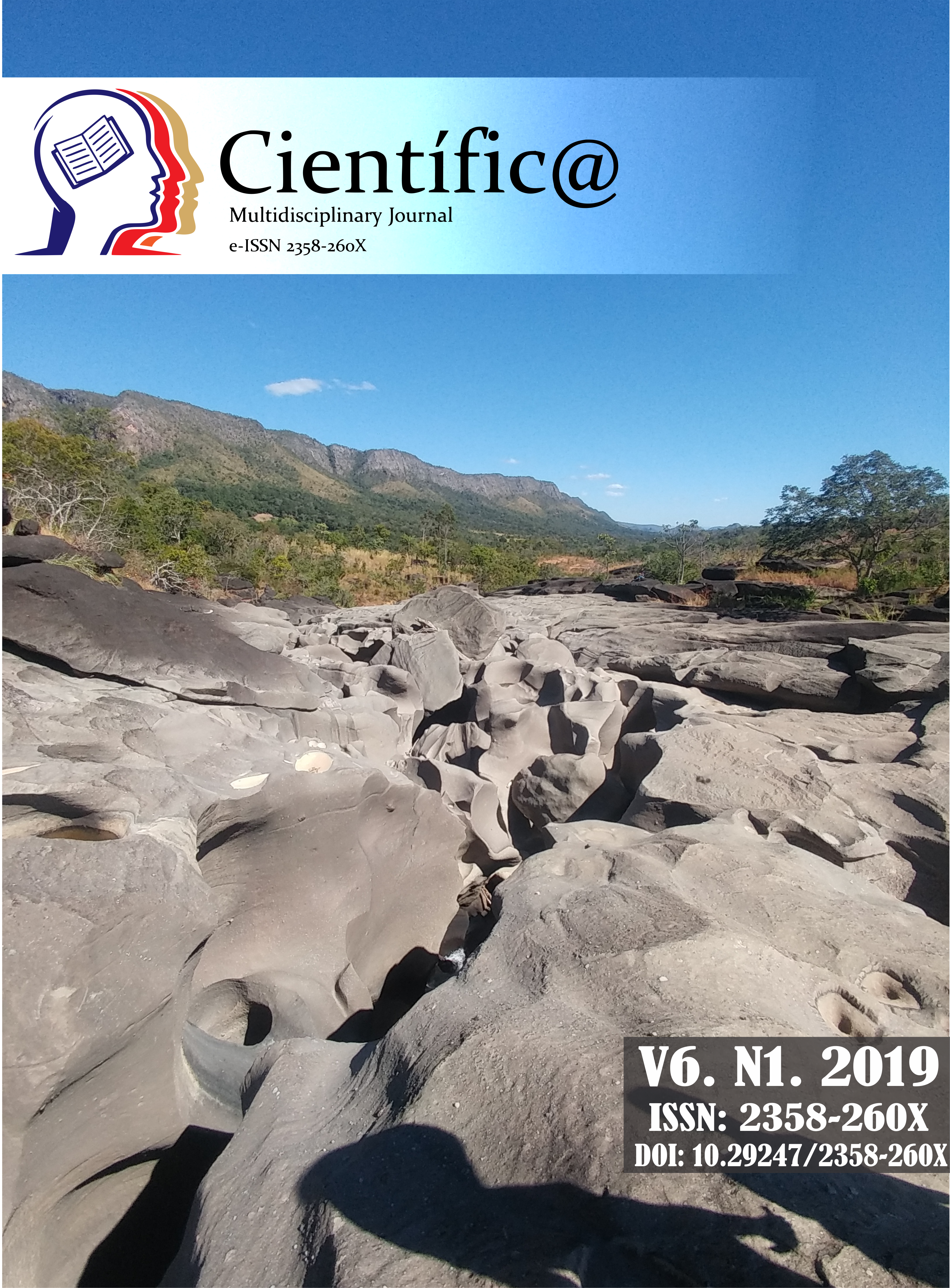Efficiency of a sewage treatment station in the elimination of fecal contamination
DOI:
https://doi.org/10.29247/2358-260X.2019v6i1.p49-54Abstract
Sewage from the various water uses such as domestic and industrial uses, as well as a high content of organic matter may contain chemical, toxic and pathogenic microorganisms. The present study was developed at the Sewage Treatment Station (ETE) in the municipality of Santa Helena de Goiás - Goiás and had as objective to evaluate the efficiency of the sewage treatment process in the elimination of fecal microbial contamination regarding the level of thermotolerant coliforms . Samples were collected in the months of March, April, May and June, which corresponded, respectively, to the rainy and dry season. The samples collected at the arrival of the raw sewage, in the final emissary, source spring being upstream and upstream were conditioned at 4ºC until the moment of the analysis; the Most Probable Number (NMP) or multiple tubes technique was used. It was verified that the ETE reached a significant efficiency index in the elimination of fecal coliforms, and in the period of rain there was a reduction of 99.8% and in the period of the drought a reduction of 99.7% in the fecal contamination after the treatment of sewage.
Downloads
Published
How to Cite
Issue
Section
License
Esta revista oferece acesso livre imediato ao seu conteúdo, seguindo o princípio de que disponibilizar gratuitamente o conhecimento científico ao público proporciona maior democratização mundial do conhecimento.
A partir da publicação realizada na revista os autores possuem copyright e direitos de publicação de seus artigos sem restrições.
A Revista Científic@ - Multidisciplinary Journal segue os preceitos legais da licença Creative Commons - Atribuição-NãoComercial 4.0 Internacional. 

